Valley Springs, CA…The East Bay Municipal Utility District (EBMUD) and California State University (CSU), Chico, announce the discovery of a trove of five- to ten-million-year-old fossils in the Mokelumne River watershed. The discovery was made in July 2020 by EBMUD Ranger Naturalist Greg Francek on patrol in 28,000 acres of protected land in the Sierra Nevada Foothills, which serves as the primary drinking water source for 1.4 million people in the East Bay.
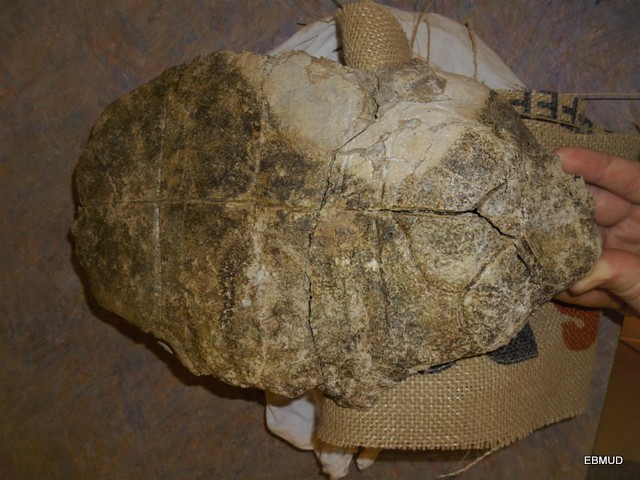
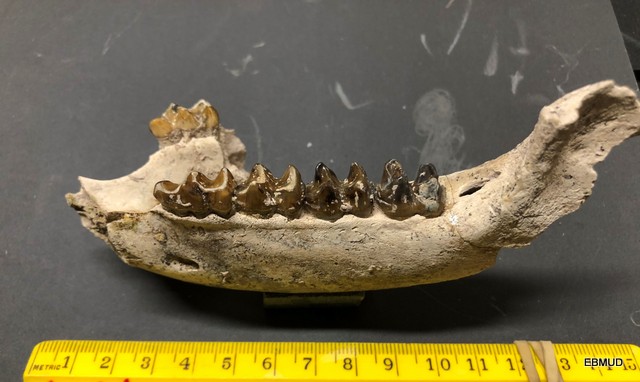

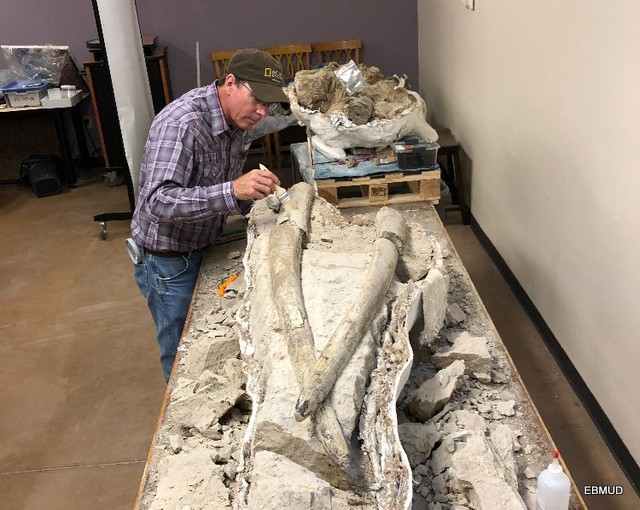
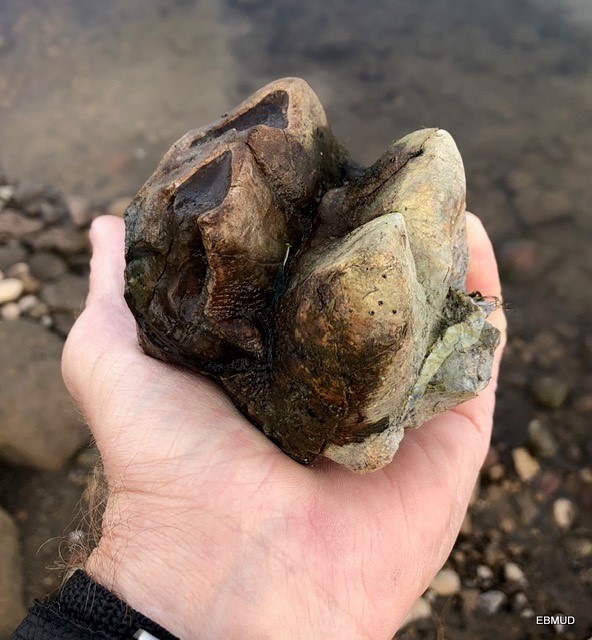
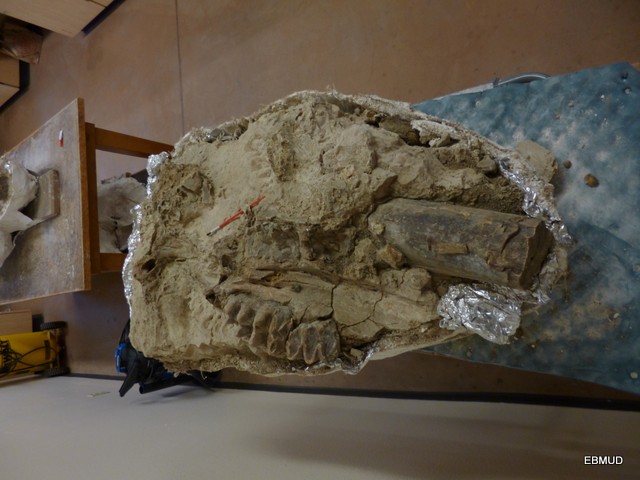
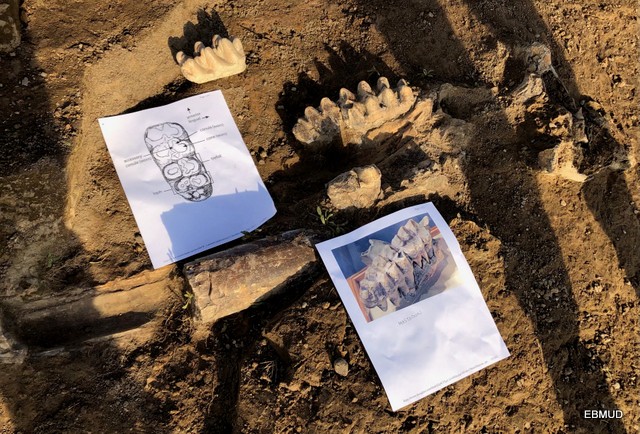
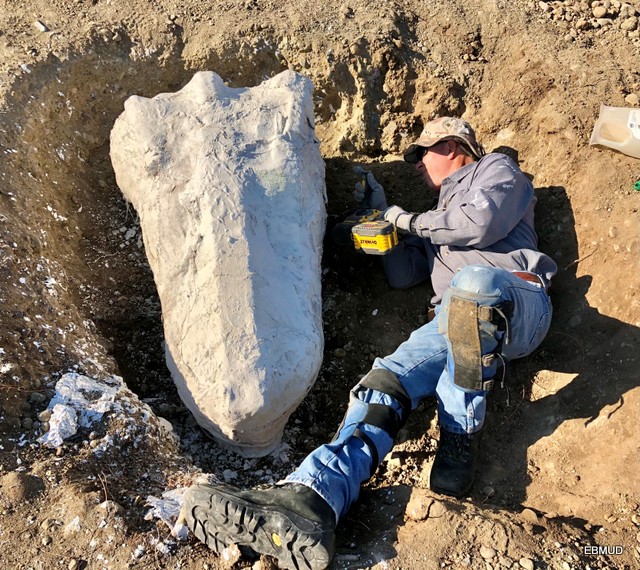
This significant fossil recovery provides insights into the ancient history of the areas along the Mokelumne River near the town of Valley Springs. The high concentration of fossils suggests this area was once made up of multiple river channels with an abundant and diverse grassland and forested ecosystem. New research suggests the Sierra Nevada began to rise tens of millions of years ago, and these fossils represent a significant bookmark in that story millions of years in the making.
“This historic discovery has revealed that the Mokelumne Watershed plays a much deeper role in our understanding of the natural history of North America,” said EBMUD Board President Doug Linney. “It is simply wondrous that these fossils will help fill gaps in our understanding of the formation of the region and planet.”
Francek sighted the fossils after first identifying petrified trees in the area in the summer of 2020. Since then, scientists have recovered samples from hundreds of individual specimens representing roughly a dozen prehistoric species. Recovered species include a two-tusked mastodon, a four-tusked gomphothere, rhinoceros, camel, horse, bird, fish, tortoise and tapir, among others still to be identified.
“The diverse collection of fossil flora and fauna reveals so much about the dynamic natural history of the land we work with every day. This discovery and the resulting scientific study add to the understanding of North American biotic evolution and climate change that has occurred over millions of years,” Francek said.
EBMUD and experts in paleontology and geology from CSU Chico’s Department of Geological and Environmental Sciences established excavation sites over several miles of EBMUD land. The sites are secured and protected under the United States Paleontology Resources Preservation Act and the Municipal Utility District Act, and are now a part of the field research program at CSU Chico. All fossils remain the property of EBMUD and some are currently on display at the CSU Chico Gateway Museum. It is prohibited to fly drones in the EBMUD watershed without an EBMUD permit. Due to the ongoing exploration and recovery efforts, EBMUD and CSU Chico cannot allow site visits at this time.
Experts from Sierra College and Sierra Nevada University, California Geological Survey, Environmental Science Associates, California State University Sacramento, the Natural History Museum of Los Angeles and other national and international institutions also are participating in the ongoing recovery and fossil identification process. An official geochronology study to date the terrain more precisely is underway.
“This new find is highly significant for both the sheer volume and diversity of the fossils,” said Dr. Russell Shapiro, Professor of the CSU Chico Department of Geological and Environmental Sciences and a lead scientist on this discovery. “This was a profound juncture in time when land animals evolved as forestland shifted to grassland. The partnership with EBMUD allows our students – the next generation of field scientists – an invaluable, first-hand experience from the discovery site to the preparation and the protection of these amazing fossils.”
For more, visit Chico State Today, and visit ebmud.com/education for a virtual tour of the fossil discovery. Click here for a Dropbox link with photos.


